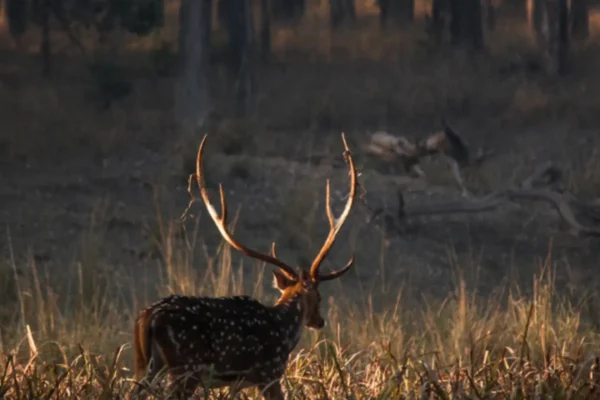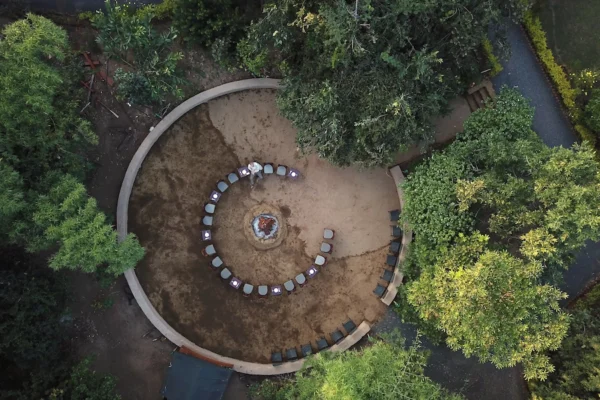Nestled in the undulating terrain of the Satpura hills, straddling the states of Madhya Pradesh and Maharashtra, lies Pench National Park—a forested expanse immortalized by Rudyard Kipling’s The Jungle Book. More than a literary backdrop, this protected landscape is a living, breathing mosaic of biodiversity, conservation legacy, and ecological significance. Revered among India’s most treasured wildlife reserves, Pench is a sanctuary where nature performs a timeless symphony—its rhythms dictated by the roar of tigers, the flight of hornbills, and the whispered secrets of ancient sal groves.
This comprehensive guide delves deep into the ecological wealth, conservation efforts, and the unique role of Pench as a critical wildlife corridor. Whether you’re a wildlife enthusiast, conservationist, or conscious traveler, Pench National Park invites you into an unforgettable journey of discovery.
A Landscape of Wild Grace: Overview of Pench Tiger Reserve
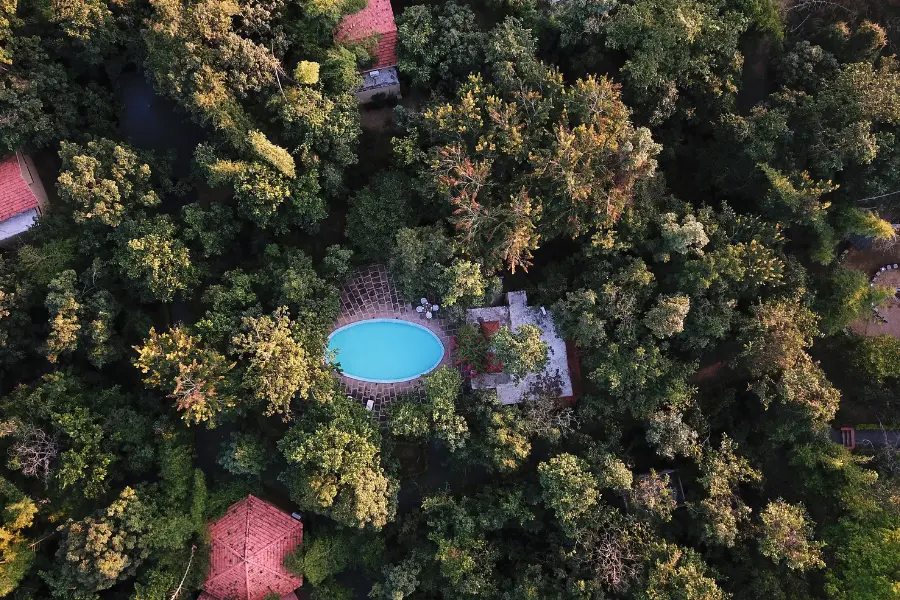
Designated as a Project Tiger reserve in 1992, the Pench Tiger Reserve encompasses 1,179 square kilometers of protected forest, out of which 411 square kilometers form the core area known as Pench National Park. The park takes its name from the Pench River, which meanders through the reserve and sustains its vibrant ecosystems. The river serves as a lifeline, nurturing everything from the canopy of teak forests to the marshlands and dry deciduous woodlands that offer refuge to an astonishing diversity of flora and fauna.
Divided across Seoni and Chhindwara districts in Madhya Pradesh and adjoining Nagpur in Maharashtra, Pench is not merely a geographical entity but a cornerstone of India’s tiger conservation framework.
Biodiversity in Bloom: Flora and Fauna of Pench National Park
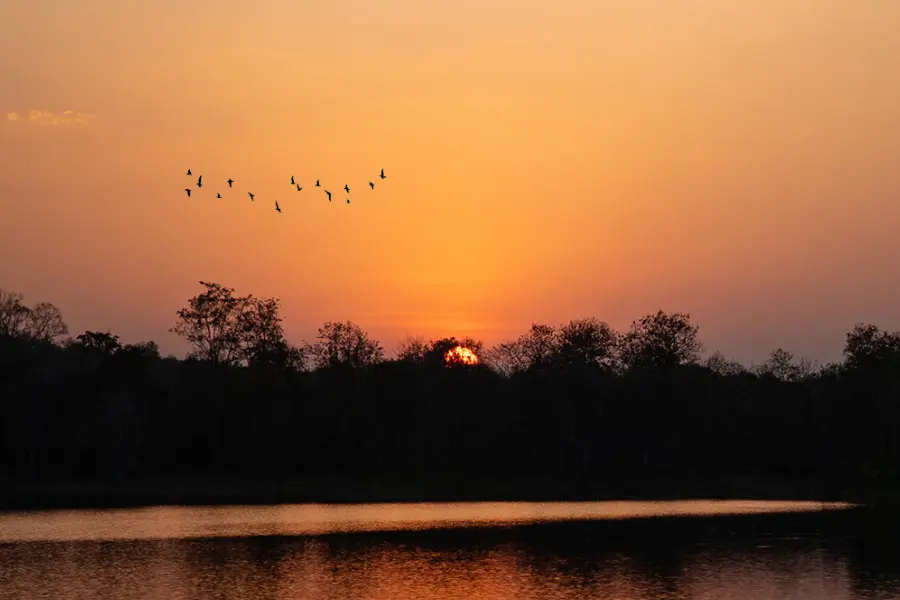
Pench is a classic example of the southern tropical dry deciduous forest ecosystem. The habitat here is influenced by a mix of terrain—rolling hills, meandering rivers, grassy plateaus, and dense forest patches. This diversity supports a wide range of species, each playing a crucial role in the park’s ecological harmony.
Flora: The Green Backbone
The floral composition of Pench is dominated by Teak (Tectona grandis), which covers large swathes of the park. Other important tree species include:
- Mahua (Madhuca indica): Known for its edible flowers and cultural significance among local tribes.
- Saja, Bija, and Lendia: Providing essential habitat and food sources.
- Tendu (Diospyros melanoxylon): Whose leaves are used to make traditional Indian beedis.
- Ghost Trees (Sterculia urens): Their pale, spectral trunks stand out against the greenery, earning them an ethereal status.
During spring, the forest bursts into a riot of colors, with flame-of-the-forest blossoms painting the canopy in fiery hues. Medicinal herbs, climbers, and grasses thrive under the dense cover, making Pench not just a wildlife refuge but a botanical treasure trove.
Fauna: The Pulse of the Jungle
The star of the park is, undeniably, the Royal Bengal Tiger. Pench’s tiger population is one of the most closely monitored under Project Tiger and has shown promising signs of stability and growth.
Apart from tigers, Pench supports a robust population of:
- Leopards
- Sloth Bears
- Indian Wild Dogs (Dholes)
- Indian Gaur (Bison)
- Spotted and Sambar Deer
- Nilgai and Chinkara
- Jungle Cats and Civets
The Barasingha, although not native to Pench, is a conservation success story in nearby Kanha, and Pench plays an important genetic support role due to its geographical proximity.
Avifauna: Symphony of Wings
Birdlife in Pench is equally mesmerizing. With over 285 recorded species, it’s a birder’s paradise. Some iconic sightings include:
- Indian Pitta
- Crested Serpent Eagle
- Malabar Pied Hornbill
- Osprey and Brahminy Kite
- Indian Roller, Racket-tailed Drongo, and Paradise Flycatcher
Reptiles and amphibians, including monitor lizards, pythons, and tree frogs, add to the park’s faunal diversity, making Pench a complete ecological unit.
Pench and Project Tiger: A Model of Conservation Success

Launched in 1973, Project Tiger was India’s flagship conservation initiative to protect the endangered Bengal tiger. Pench was declared a tiger reserve under this program in 1992, acknowledging its critical role in central India’s tiger landscape.
With sustained efforts from the Forest Department, conservation NGOs, and community outreach programs, Pench Tiger Reserve has witnessed a resurgence in tiger numbers. From approximately 30 tigers in the late 1990s, the reserve today supports a healthy breeding population, with surrounding buffer zones aiding in dispersal and territory expansion.
Conservation in Pench is not limited to tigers. It encompasses:
- Habitat Restoration: Through controlled grazing, afforestation, and fire management.
- Anti-Poaching Patrols: Using modern surveillance, drones, and local intelligence.
- Community Engagement: Promoting eco-tourism, skill development, and conflict resolution between humans and wildlife.
Forest Conservation Efforts and Local Partnerships
Forest conservation in Pench has increasingly adopted a multi-stakeholder approach. Collaborations between government bodies, non-profits, researchers, and local communities are paving the way for sustainable preservation.
Village Relocation Programs
Human settlements in core zones have been relocated with adequate compensation and infrastructure support, allowing these areas to revert to wilderness. These newly vacated lands have witnessed a dramatic revival in grassland and forest ecosystems.
Community-Driven Conservation
The buffer zones of Pench are home to several tribal communities such as the Gond and Baiga. These communities are now integral to the park’s protection strategies. Initiatives include:
- Employing locals as forest guards and nature guides.
- Promoting indigenous crafts and forest-based livelihoods.
- Conservation education in village schools.
Eco-tourism and Responsible Travel
Pench is fast emerging as a model for responsible wildlife tourism. Regulated safaris, ecologically designed resorts, and limited vehicular access help reduce ecological footprints. Revenues from tourism are increasingly redirected towards conservation and community welfare.
The Wildlife Corridor: Pench’s Strategic Significance

What makes Pench truly unique is its role as a vital wildlife corridor. The reserve forms a part of the Pench-Kanha-Tadoba corridor, a continuous forest belt facilitating the free movement of tigers and other large mammals across central India.
This corridor ensures genetic diversity among tiger populations, prevents inbreeding, and allows for the natural dispersal of sub-adult tigers. It connects three crucial tiger habitats:
- Pench Tiger Reserve (Madhya Pradesh & Maharashtra)
- Kanha Tiger Reserve (Madhya Pradesh)
- Tadoba Andhari Tiger Reserve (Maharashtra)
Conserving such corridors is essential for the long-term survival of wide-ranging species like tigers, leopards, and wild dogs. Pench’s terrain—a mix of dense forest patches and open scrublands interlaced with human habitations—demands intelligent land-use planning, wildlife-friendly infrastructure, and habitat connectivity strategies.
A Park for the Future
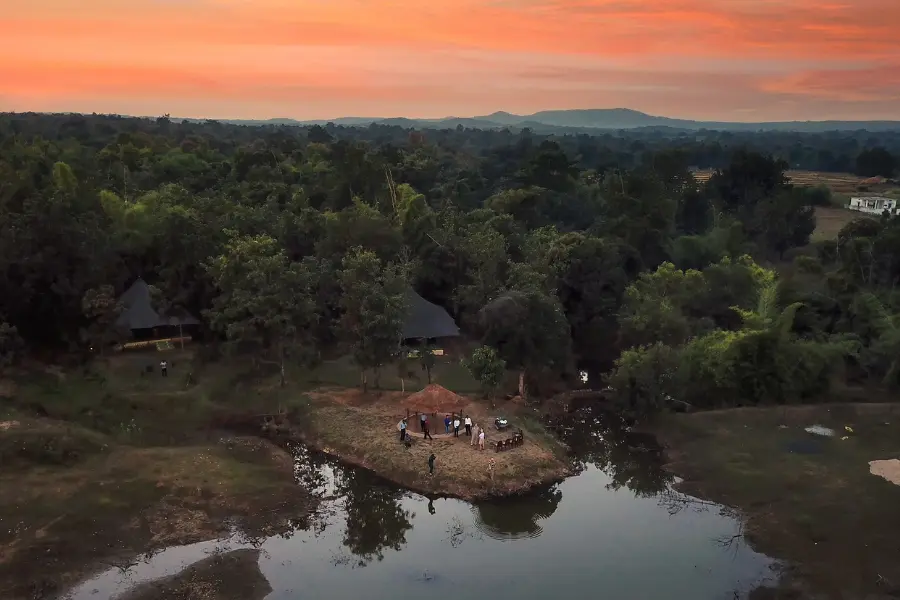
Pench is more than a national park; it is a blueprint for future conservation models. It is where ecological integrity meets cultural memory, where tribal wisdom intertwines with modern science, and where every rustling leaf tells a story of resilience and renewal.
Visitors to Pench National Park today witness not just the majesty of its apex predators but the tireless work of countless people striving to keep the wild alive. Through education, ecological tourism, and sustained policy efforts, Pench continues to evolve as a beacon of hope in the conservation narrative.
As India marches forward in its commitment to preserving natural heritage, Pench stands tall as an exemplar—a place where the roar of the tiger still echoes through the forest, reminding us of what’s at stake and why it must be protected.
Plan your visit or learn more about conservation travel at www.junglecampsindia.com

